wondertuckian
Jr. Member
- Mar 4, 2015
- 36
- 5
- Primary Interest:
- All Treasure Hunting
So, I took these to a gemologist. What she told me was surprising.
So, I dug this rock up a while ago, and it's been at the edge of my driveway for a while. Got to looking at it the other day and something just didn't look right. I had thought the small crystals in the rock were quartz, but upon closer inspection, there are some that seem to be octahedrons. So, I took it to a local jewelry shop and the gemologist put one under a microscope and said she thinks it might be opal. So, I asked her if she'd ever heard of opal in the area and she asked me where I got this from.
Me."My backyard."
Gemologist. "Well, it can't be opal, then."
Me."Well, what is it?."
Gemologist. "I don't know."
So.......what do you guys think?
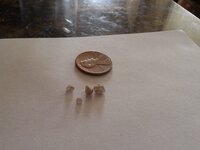
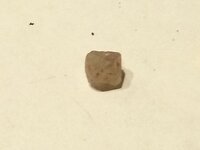
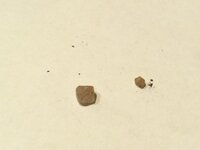
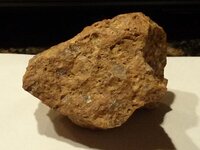
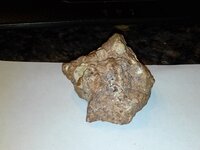
Sorry Thread title should read: "So, I took these to a gemologist. What she told me was surprising."
not: "So, I took these to a gemologist. What she old me was surprising."
So, I dug this rock up a while ago, and it's been at the edge of my driveway for a while. Got to looking at it the other day and something just didn't look right. I had thought the small crystals in the rock were quartz, but upon closer inspection, there are some that seem to be octahedrons. So, I took it to a local jewelry shop and the gemologist put one under a microscope and said she thinks it might be opal. So, I asked her if she'd ever heard of opal in the area and she asked me where I got this from.
Me."My backyard."
Gemologist. "Well, it can't be opal, then."
Me."Well, what is it?."
Gemologist. "I don't know."
So.......what do you guys think?





Sorry Thread title should read: "So, I took these to a gemologist. What she told me was surprising."
not: "So, I took these to a gemologist. What she old me was surprising."
Amazon Forum Fav 👍
Last edited:



 NO WAY,,, I have never seen any opal in this shape.
NO WAY,,, I have never seen any opal in this shape.




